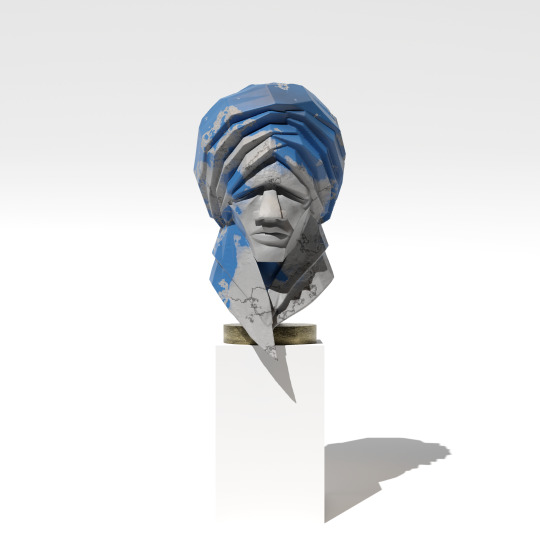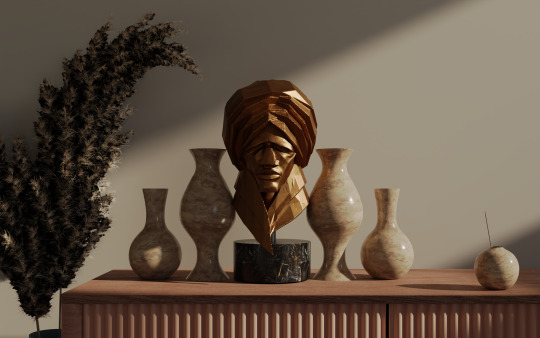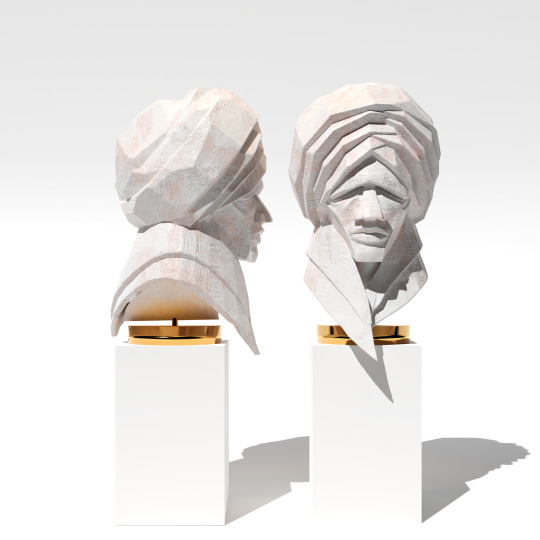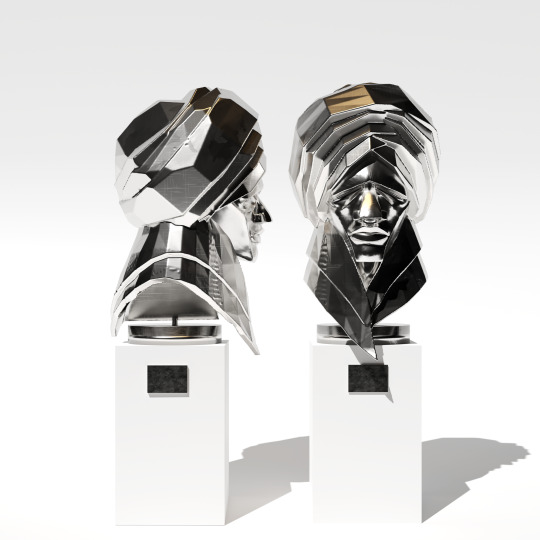#white marble
Photo

by aniaharasimczuk
3K notes
·
View notes
Text
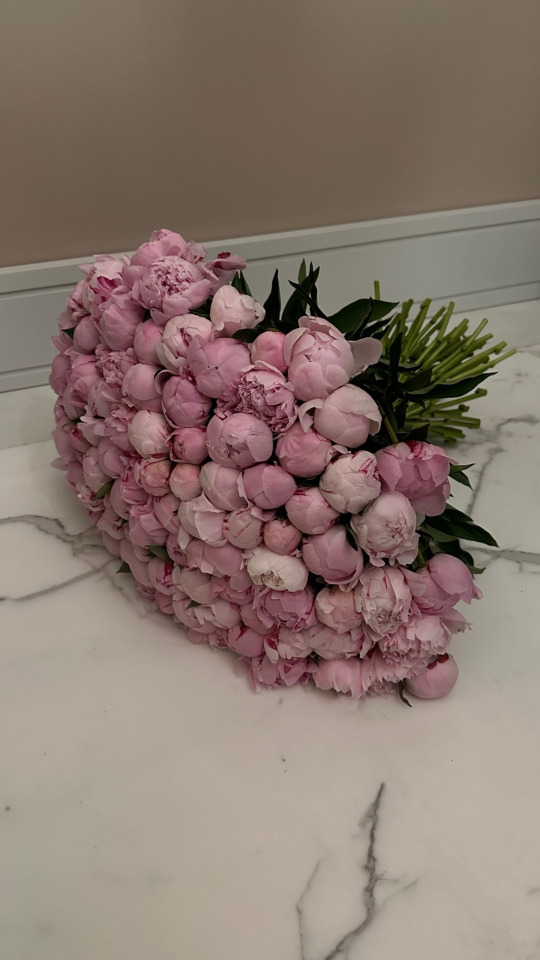
#peonies#peony#pink peonies#pink peony#pink#flowers#flower#bouquet#bouquets#florals#floral#floral arrangement#floral arrangements#white marble#marble floors
179 notes
·
View notes
Photo
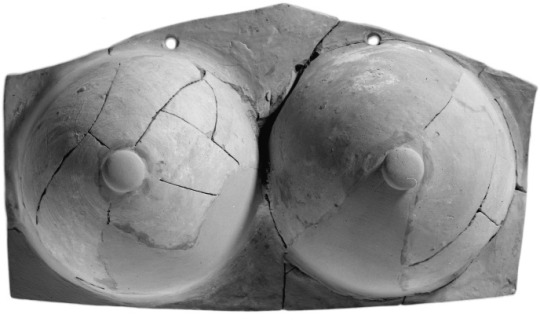

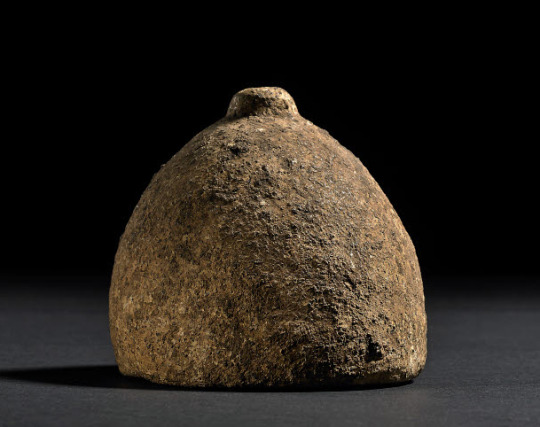

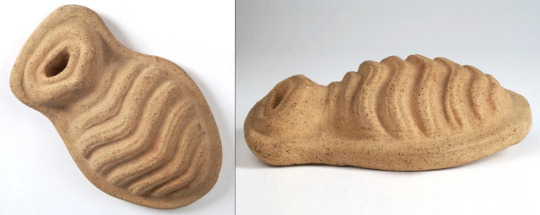






Votive offerings made from terracotta, marble, and sometimes bronze were left at healing sanctuaries and other religious sites as offerings to gods such as Asclepius (Latin Aesculapius), the Greco-Roman god of medicine. They were intended either to indicate the part of the body that needed help or as thanks for a cure. Although the practice originated in earlier cultures, the votive offerings became very popular in Roman times – particularly between the 400s and 100s BCE. A large range of different votive body parts were made and offered up in their thousands. Anatomical votive offerings are particularly striking, as we can discern their specific functions and the hopes held by those who offered them. Many of them were clay-baked within a mold, allowing for easy and inexpensive mass production. As a result, they were widely used objects that were used by ordinary people.
With the official institution of Christianity in the Roman Empire came the need to transfer ancient pagan traditions to a Christian context. Votive offerings therefore began to be used in Christian settings instead of pagan sanctuaries. By the Medieval period, anatomical votive offerings continued to be widespread. Christian shrines across Europe saw both locals and pilgrims depositing ex-votos in the shapes of body parts. Wax votive offerings in the shape of body parts are still regularly produced to be left in Christian shrines. Renaissance votive offerings also often took the form of painted panels depicting scenes of accidents or illnesses with saintly intercession.
The fact that the tradition has continued in popular devotion up to the Modern period shows the power that painted votive offerings undeniably have for the faithful.
Votive offerings are incredibly diverse and wide-ranging, spanning through the history of art.
breasts - terracotta - Corinth
breasts of Astarte - marble - Canaanite
breast - terracotta
uterus (two views) - terracotta
uterus, breast, ear, eye - terracotta
vulva - terracotta - Etrusco-Roman - 200 BCE-200 CE
arm, foot, uterus, ears, eye - terracotta
hair - marble, probably Roman, 200 BCE-400 CE
hair/scalps - terracotta & painted terracotta - Roman - 200 BCE-200 CE
group of marble votives - Greek
#art by others#other's artwork#ancient#antiquity#votive offerings#body parts#white marble#terracotta
211 notes
·
View notes
Photo
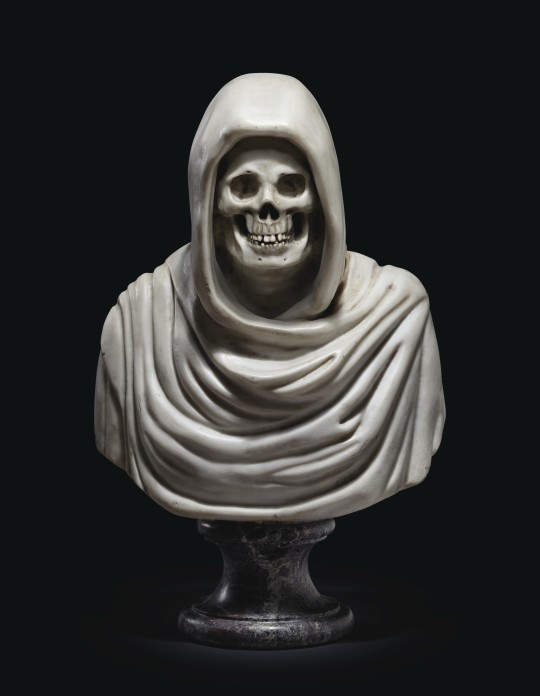
92 notes
·
View notes
Text
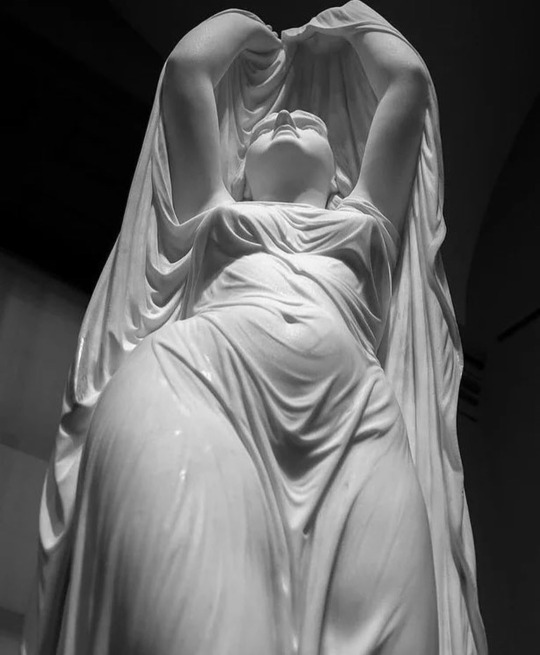
#marble#white marble#marble statue#marble aesthetic#dark feminine aesthetic#dark feminine energy#luxury#women in luxury#femininity#dark femininity
443 notes
·
View notes
Text
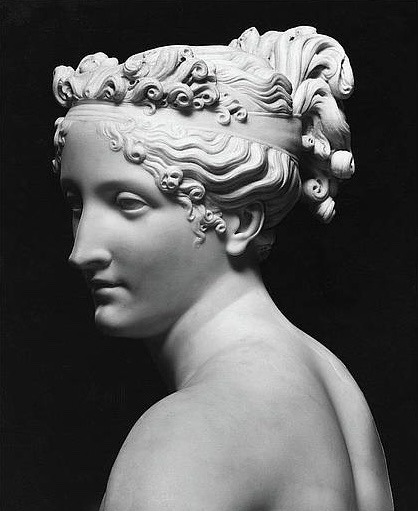

Pauline Bonaparte Borghese as Venus by Antonio Canova, early 19th century
#Pauline Bonaparte#Borghese#Venus#Aphrodite#Antonio Canova#canova#neoclassical art#neoclassical#neoclassicism#sculpture#marble sculpture#marble#classical#classics#classic#white marble#goddess#Greek goddess#greek mythology#Greek myths#mythology#myths#Greek goddesses#19th century#1800s#1800s art#pretty#first french empire#napoleonic era#napoleonic
160 notes
·
View notes
Text


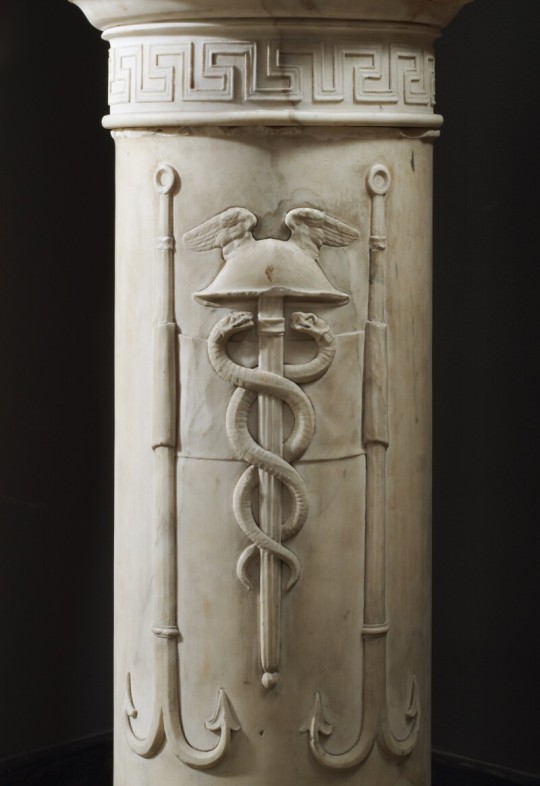
Marble Column with the Attributes of Mercury
19th Century
White Marble.
91cm., 35¾in.
#Marble Column with the Attributes of Mercury#19th Century#marble#white marble#white marble column#artifacts#art#artist#art work#art world#art news#roman art
46 notes
·
View notes
Text

I could see myself enjoying breakfast in this cozy kitchen 😋
#toya's tales#style#toyastales#fashion#toyas tales#home decor#interior design#artistic#floral wallpaper#flower#white marble#marble#kitchen decor#kitchen design#kitchen#traditional kitchen#copper#round table#wood table#june#summer style#green#feminine#cozy kitchen#cozy#warm and comfy#breakfast#enjoy#wood flooring#sage green
44 notes
·
View notes
Text


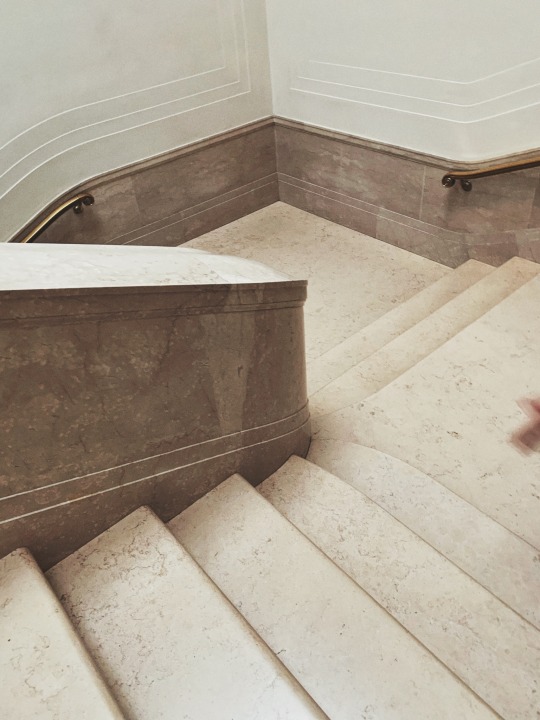
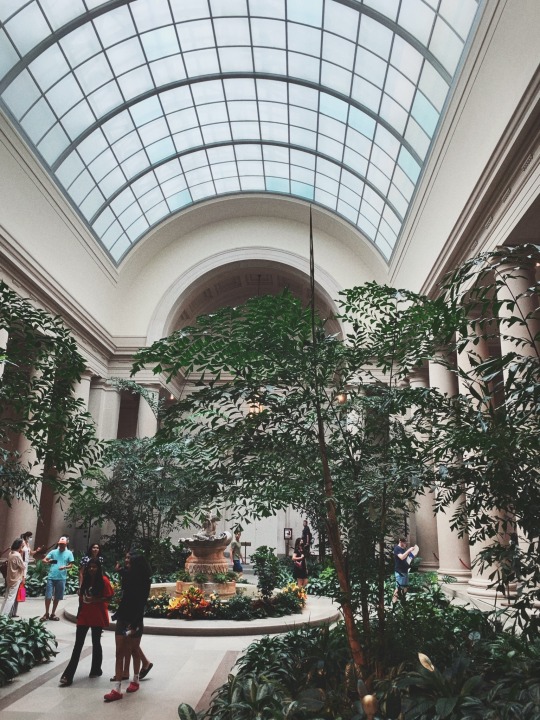
National Gallery of Art, Washington DC
228 notes
·
View notes
Text

~ Lying Silen.
Date: first half of the A.D. 2nd century
Medium: White marble
Provinience: Ravenna, National Museum (Museo nazionale di Ravenna).
#ancient#ancient art#history#museum#archeology#ancient sculpture#ancient history#archaeology#lying silen#silen#silenus#white marble#2nd century
382 notes
·
View notes
Text

See more interior design.
#interior#interiors#interior design#house#home#home design#kitchen#kitchens#minimalism#clean design#clean aesthetic#minimalist#minimalistic#marble#white marble#white aesthetic#li_homedesign
81 notes
·
View notes
Text
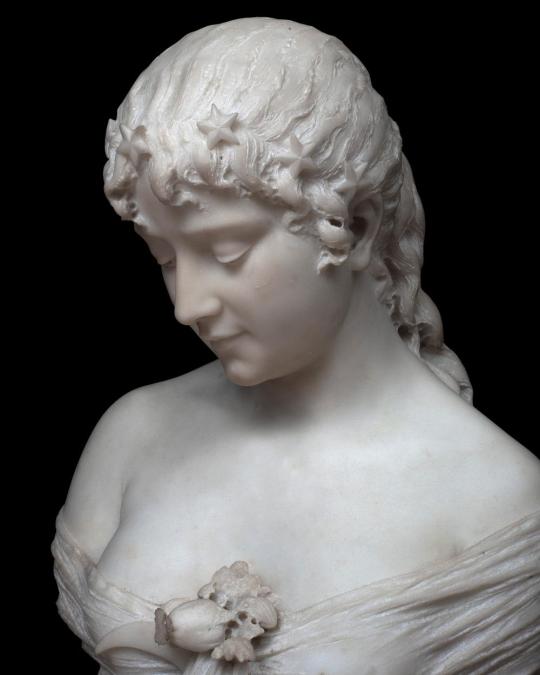
我依然在等你
Tengo un todavía que te espera.
-Gabriel Velxio-
Cesare Lapini (1848-1893)
Scultore italiano
Marmo bianco
14 notes
·
View notes
Text
Location Building Prompt #282

#concept art#writing help#writing tips#writing inspiration#cathedral#soaring ceilings#holy place#sacred place#palace#royalty#royal palace#white marble#marble columns#big windows#intricate carving
43 notes
·
View notes
Photo

The Bauhaus staircase. A monolith in stainless steel and white marble, it beckons visitors to ascend. But what awaits at the top? A revelation, or a descent into madness?
7 notes
·
View notes
Text
On the near side was a quay of white marble and, moored to this, the ship: a tall ship with high forecastle and high poop, gilded and crimson, with a great flag at the mast-head, and many banners waving from the decks, and a row of shields, bright as silver, along the bulwarks.

"The Chronicles of Narnia: The Silver Chair" - C. S. Lewis
#book quotes#the chronicles of narnia#the silver chair#c s lewis#pauline baynes#quay#white marble#moored#ship#boat#sailing ship#forecastle#poop deck#gilded#crimson#flag#masthead#banners#decks#shields#silver#bulwarks
6 notes
·
View notes


